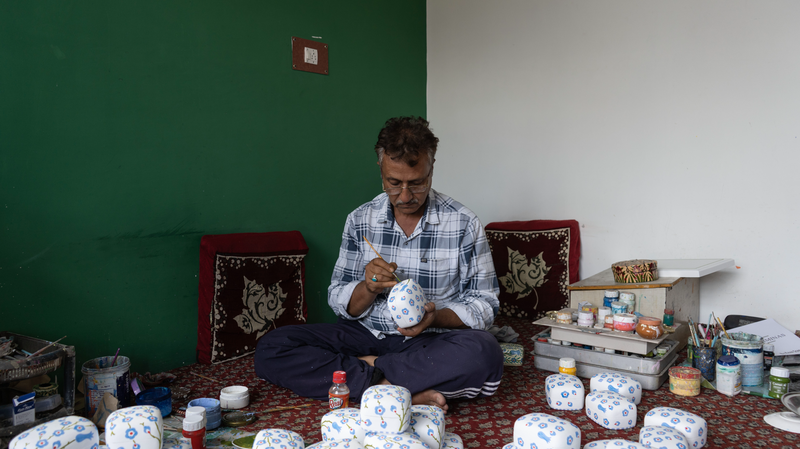As Manzoor Ahmad Sofi carefully rolls a handwoven carpet in his Srinagar home, the veteran artisan's face tells a story beyond skill and tradition: fear. After five decades at the loom, Sofi now confronts an unexpected threata 50% tariff on Kashmir handicrafts announced by the United States.
Handicraftsfrom intricate carpets to carved wooden decorhave long been the backbone of the economy in Indian-administered Kashmir, employing thousands and exporting artistry worldwide. The recent tariff hike, experts warn, could cut revenue streams for small workshops by up to half, jeopardizing livelihoods and cultural heritage.
Ripple Effect on Local Communities
In towns like Wantpora, where workshops line narrow streets, families depend on orders from overseas buyers. 'My orders have dried up overnight,' says Sofi, who shipped dozens of carpets monthly to clients across the United States. With production costs rising and demand slowing, many artisans face impossible choices.
Searching for New Buyers and Solutions
Some entrepreneurs are exploring online marketplaces and regional fairs to diversify sales. Digital nomads and fair-trade networks offer hope, but overcoming high tariffs remains a hurdle. As the world watches tariff tensions play out, Kashmiri craftsmen innovate to keep centuries-old traditions alive.
For artisans like Sofi, the loom is more than a toolit's a lifeline. Yet with the U.S. tariff looming, the future of Kashmir's handicrafts industry hangs in the balance.
Reference(s):
U.S. 50% tariff threatens handicrafts in Indian-administered Kashmir
cgtn.com




